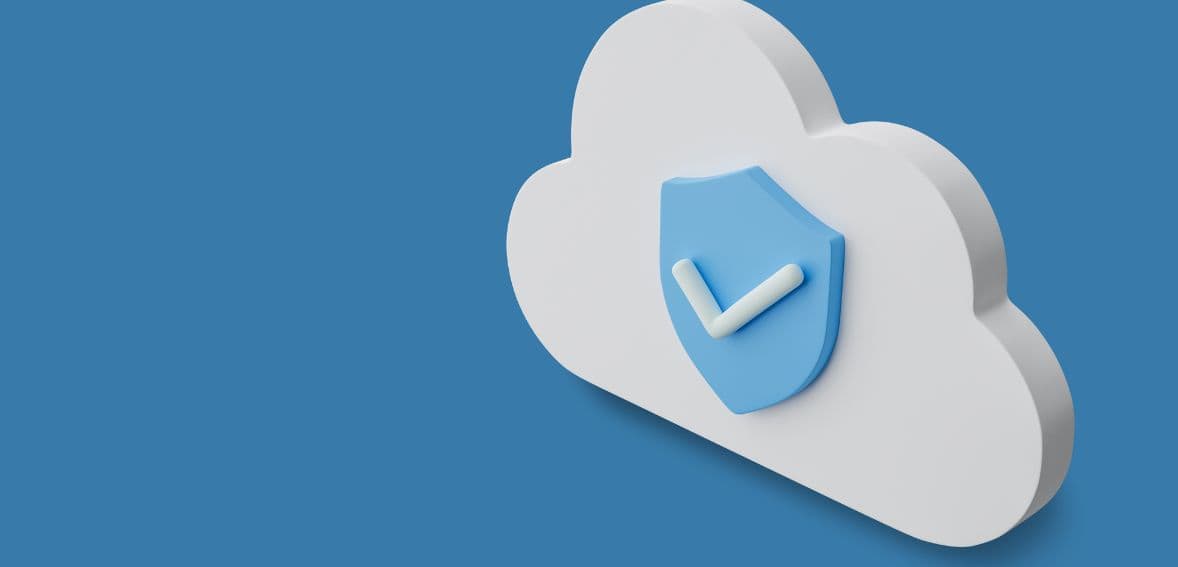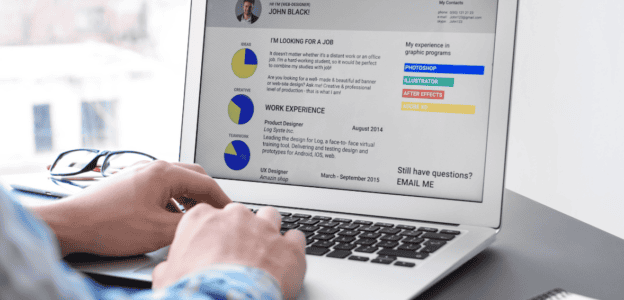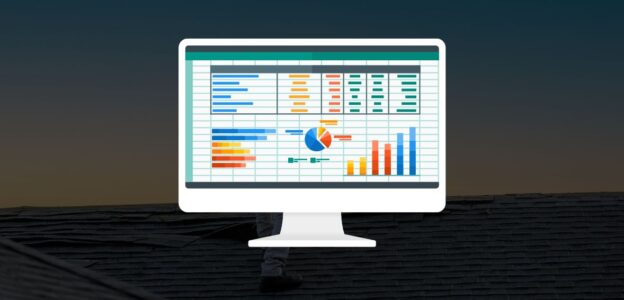Cloud-based job management software is a revolutionary solution that significantly enhances these processes. Unlike traditional methods, which often involve cumbersome paperwork and manual coordination, cloud software leverages cutting-edge technology to streamline and automate job scheduling and dispatch. This speeds up operations and reduces the likelihood of human error, ensuring that the right personnel are deployed efficiently and effectively to where they are needed most.
Cloud software offers real-time updates and integration capabilities, allowing for seamless communication between managers, dispatchers, and field workers. This integration ensures that all parties are constantly informed about job statuses, changes in scheduling, and other critical information, leading to better-coordinated efforts and more agile responses to any operational challenges. By adopting cloud-based solutions, contracting businesses can transform their workflow, enhance their operational capabilities, and secure a competitive edge in the market
The Challenges in Traditional Job Scheduling and Dispatch
Impact on Productivity
Traditional job scheduling and dispatch systems often hinge on manual processes, such as paper-based scheduling and telephone communications, to coordinate activities between job sites and dispatch centers. These methods are not just slow; they are also prone to errors. Miscommunications and scheduling overlaps are common, leading to conflicting assignments and inefficient resource allocation. Such disorganization can significantly disrupt workflows, resulting in delays and unnecessary downtime for workers. The cumulative effect of these inefficiencies drastically undermines productivity, as the time that could be spent on completing tasks is instead wasted on resolving scheduling errors and waiting for new directives.
Cost Implications
The inefficiencies in traditional scheduling and dispatch methods also have serious financial ramifications. Mismanaged schedules can lead to logistical inefficiencies like increased travel time and fuel consumption, not to mention the higher costs associated with overtime as workers stay longer hours to complete mismanaged or delayed jobs. Moreover, underutilization of personnel—where workers are not engaged in productive work due to poor scheduling—further inflates labor costs without corresponding returns. Additionally, the inability to swiftly adapt to changes or emergencies often incurs extra expenses, compounding the financial strain on the business. These cost implications can strain budgets and erode the company’s bottom line, making efficient scheduling and dispatch critical to operational success and financial viability.
Customer Satisfaction
Beyond internal operations, the drawbacks of inefficient, traditional scheduling systems significantly impact customer satisfaction. Delays and errors in job allocation often lead to poor service delivery, manifesting as late arrivals, unfinished work, or the need for return visits to address issues not properly handled the first time. Such service failures can frustrate customers and tarnish the business’s reputation. In today’s competitive market, a reputation for reliability and efficiency can be as crucial as the quality of services. Therefore, companies that fail to meet scheduling expectations risk losing their clientele’s trust and loyalty, potentially driving customers to seek out competitors with more reliable service delivery standards.
How Cloud Software Improves Job Scheduling
Automated Scheduling
Cloud software revolutionizes job scheduling by introducing a high level of automation. This automation significantly cuts down the time required to create and manage schedules. Traditional scheduling demands extensive manual input, which can be laborious and error-prone. In contrast, automated scheduling tools are designed to quickly generate optimal schedules that consider multiple factors such as employee availability, skill levels, and geographic location. This ensures that the right personnel with the appropriate skills are assigned to the right jobs at the correct times, enhancing operational efficiency. Additionally, automation helps in evenly distributing workloads among team members, preventing burnout and ensuring high levels of staff morale and productivity.
Real-time Updates
A pivotal benefit of cloud-based systems is their capability to provide real-time updates. Any adjustments to the schedule are immediately reflected and visible to all relevant stakeholders, including management, dispatchers, and field workers. This feature enables dynamic scheduling, allowing businesses to adapt quickly to last-minute changes, such as client cancellations or urgent new jobs. The ability to react instantaneously to these changes without the need to go through cumbersome re-scheduling processes is crucial for maintaining service reliability and responsiveness, thus improving overall operational agility.
Optimized Resource Allocation
Cloud software employs advanced algorithms to optimize the allocation of all types of resources, not limited to human resources. By considering factors like the proximity of locations, the availability of tools, and the skill requirements of jobs, these algorithms ensure that resources are utilized to their maximum potential with minimal downtime. This optimization reduces wasteful overlaps and idle times, thus significantly boosting overall productivity. Moreover, by ensuring that equipment and tools are correctly scheduled and allocated, cloud software helps reduce wear and tear and prolongs the lifespan of valuable assets, further lowering operational costs. This strategic allocation leads to more streamlined operations and can significantly impact the bottom line by maximizing output and minimizing waste.
How Cloud Software Enhances Dispatching
Efficient Routing
Cloud-based dispatch software provides optimized routing solutions, crucial for businesses operating across extensive geographic areas with multiple job sites. By leveraging advanced algorithms, this software determines the most efficient travel routes between locations, significantly reducing travel time and minimizing fuel consumption. This cuts costs and increases the number of jobs that can be completed in a day, enhancing overall operational efficiency. Additionally, efficient routing contributes to less vehicle wear and tear and reduces the business’s carbon footprint, promoting more sustainable practices.
Centralized Communication
One of the standout features of cloud platforms is their ability to centralize communication across all levels of a business. This unified system ensures that dispatchers, technicians, and customers can easily stay connected. Quickly disseminating updates, changes, and notifications guarantees that everyone involved is promptly and thoroughly informed, which is vital for coordinating seamless operations and maintaining high service standards. Centralized communication eliminates the barriers often caused by fragmented communication systems, fostering a more collaborative and responsive operational environment.
GPS Tracking
Integrating GPS tracking into dispatch software allows businesses to monitor their fleets and workforce in real time. This visibility is invaluable for effective workforce management, enhancing safety protocols, and delivering precise arrival times to customers, which in turn improves customer trust and satisfaction. GPS tracking also aids in quick response to traffic conditions or accidents, enabling dispatchers to reroute technicians promptly, thus avoiding delays and maintaining schedule integrity.
Assigning the Right Technicians
With cloud software, dispatchers gain access to detailed profiles of technicians, including their skills, experience, and current location. This information is crucial for assigning the right technician to the right job, ensuring that the personnel with the most appropriate qualifications and nearest proximity are selected. Such strategic assignment not only improves the quality of service delivered but also increases job completion rates and customer satisfaction by addressing specific needs efficiently and effectively.
Making the Process Flexible
The contracting business is dynamic, often requiring immediate adjustments to work schedules and dispatch plans. Cloud software offers unparalleled flexibility, enabling businesses to adapt swiftly to these changes. Whether it’s a last-minute customer request, a sudden availability change, or an emergency job, cloud systems allow for quick rescheduling and reallocation of resources without disrupting the flow of operations.
The Power of Mobility
Cloud software’s integration with mobile technology empowers technicians to receive updates, access job information, and communicate with dispatchers and clients from any location. This mobility enhances technicians’ responsiveness, allowing them to make informed decisions on the go. It also facilitates the completion of paperwork and reporting in real time, right from the job site, which speeds up the workflow and improves data accuracy. The result is a more agile, informed, and efficient workforce capable of delivering superior service regardless of their physical location.
Benefits of the Role of Cloud Software in the Contracting Business
Increased Productivity
Cloud software significantly boosts productivity in the contracting business by automating and optimizing key operational processes like scheduling and dispatching. Automation reduces the time and effort required for these tasks, allowing businesses to complete more jobs efficiently. Optimization ensures that resources are used to their fullest potential, minimizing downtime and delays. This streamlined approach allows companies to handle a higher volume of work with the same or even fewer resources, dramatically increasing the output and efficiency of the workforce.
Enhanced Customer Satisfaction
The implementation of cloud software greatly enhances customer satisfaction. Faster response times and more accurate scheduling mean that services are delivered more promptly and reliably, which is crucial in maintaining customer trust and satisfaction. Effective communication facilitated by cloud platforms ensures that customers are kept in the loop about the status of their jobs, any changes, and expected completion times. This transparency and reliability improve customer relations and can significantly increase the likelihood of repeat business and referrals.
Cost Savings
Adopting cloud software in the contracting business leads to considerable cost savings in several ways. Efficient resource management optimizes manpower and equipment, reducing idle time and operational costs. Additionally, reducing scheduling and dispatch errors minimizes costly delays and mistakes, further driving down expenses. Cloud solutions typically operate on a subscription basis, which spreads out costs over time and eliminates the need for significant upfront investments in IT infrastructure. This model also usually includes regular updates and support, ensuring businesses can always access the latest technologies without additional costs.
Data Insights
One of cloud software’s most significant advantages is its access to robust data analytics. These analytics enable businesses to gain deep insights into their operations, from tracking performance metrics to identifying patterns and trends. This data is invaluable for making informed decisions that can improve efficiency, productivity, and profitability. Continuous access to data also allows businesses to quickly adjust their strategies in response to changes in the market or operational challenges, keeping them agile and competitive. Moreover, data-driven insights can help forecast and plan, ensuring businesses are well-prepared for future demands and challenges.
Conclusion
Adopting cloud software in the contracting business represents a significant shift toward achieving operational excellence. Far from being merely a trend, it is a strategic decision that addresses the inherent limitations of traditional job scheduling and dispatch systems. By leveraging cloud technology, businesses can streamline their operations, leading to optimized resource management and reduced overhead costs. Furthermore, the enhanced accuracy and efficiency in scheduling and dispatch directly contribute to improved service quality. This increase in operational effectiveness boosts productivity and enhances customer satisfaction, establishing a foundation for sustained growth and competitiveness in a fast-evolving market.
Frequently Asked Question
Cloud-based job management software utilizes internet-hosted resources to streamline and automate scheduling and dispatch tasks, enhancing efficiency and reducing errors in the contracting business.
Cloud software automates scheduling, ensures real-time updates, and optimizes resource allocation, reducing manual errors, enhancing efficiency, and allowing quick adaptation to changes in the contracting business.
Cloud software provides efficient routing, centralized communication, and GPS tracking and ensures the right technicians are assigned to jobs. This optimizes travel routes and improves overall service delivery and customer satisfaction.
Yes, cloud software minimizes idle times, optimizes resource use, and reduces errors in scheduling and dispatch. This leads to significant cost savings by lowering operational expenses and preventing costly delays.
By ensuring faster response times and reliable scheduling, cloud software improves service delivery. The constant updates and efficient job handling foster trust and satisfaction among customers, enhancing the business’s reputation.








































